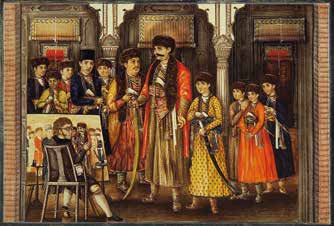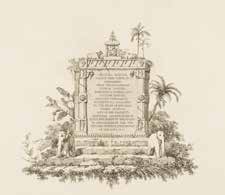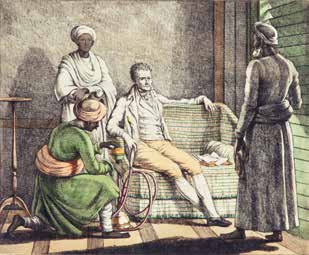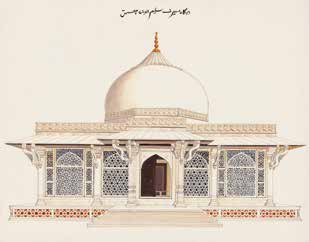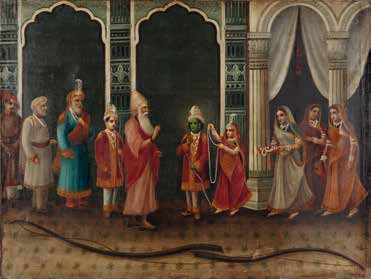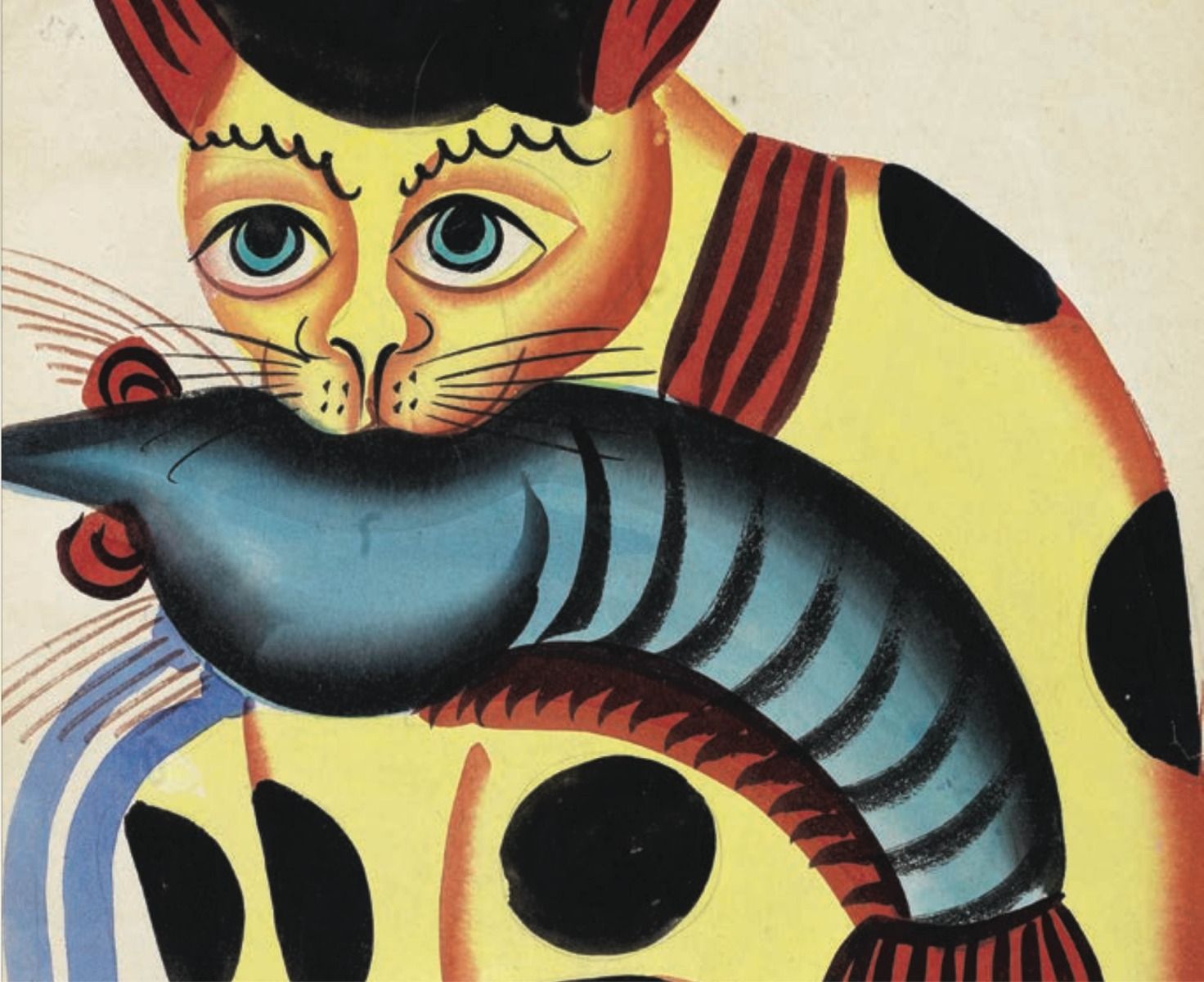Early Bengal Oils
Early Bengal Oils
Early Bengal Oils
|
Late 18th - late 19th century Early Bengal Oils |
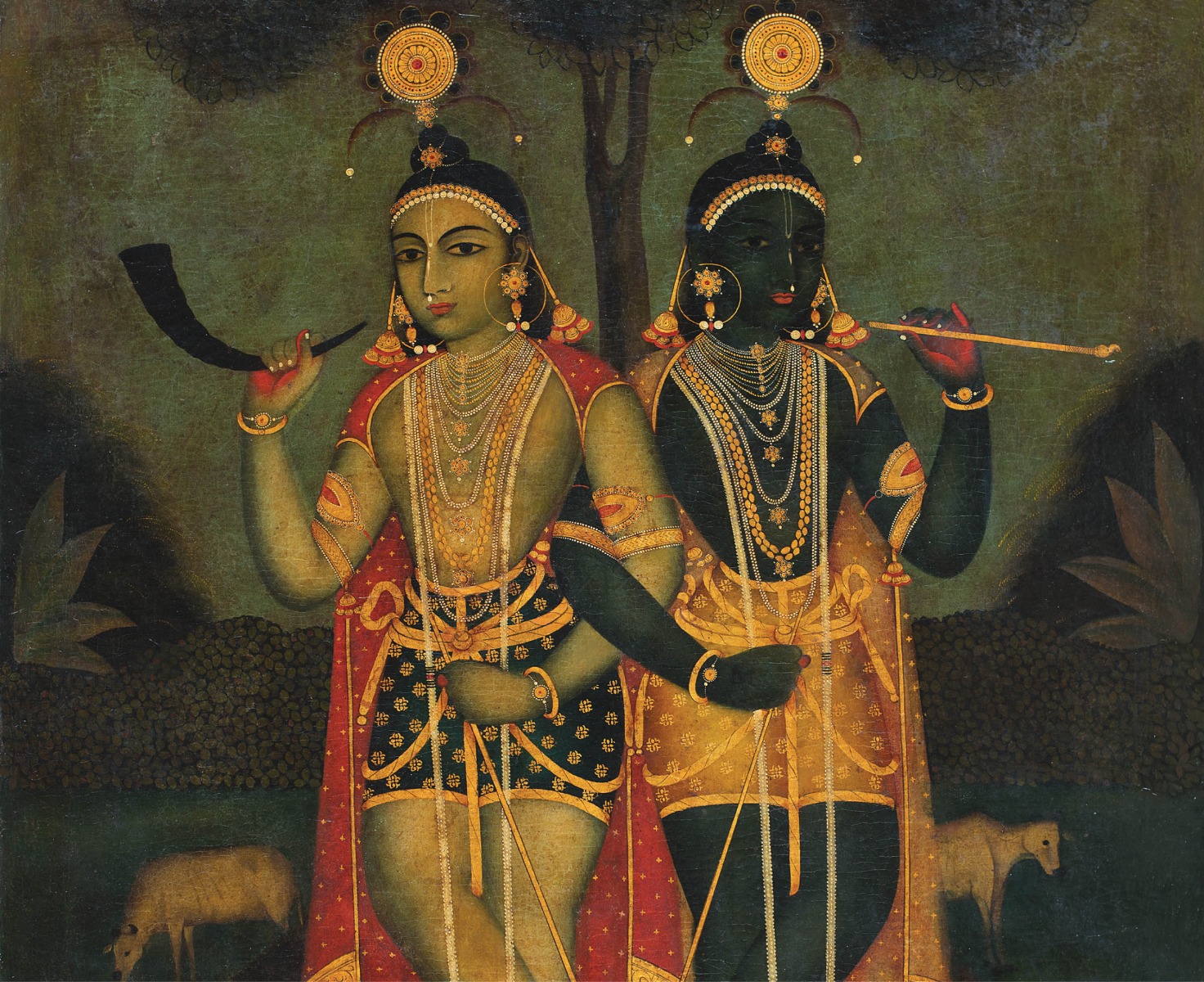
‘We can’t really pinpoint the artists behind the [Early Bengal] works, since the larger part of these paintings don’t carry signatures. And, there was a mystery surrounding them’
TAPATI GUHA-THAKURTA
artist timeline
artworks
dag exhibitions
|
The ‘Manifestations’ series of 20th Century Indian Art, Editions VI, VII, VIII, IX, X, XI |
|
DAG, New Delhi, 2011-14 |
|
‘The Art of Bengal’ |
|
DAG, New Delhi, Mumbai, and New York, 2012-16 |
|
‘Indian Landscapes: The Changing Horizon’ |
|
DAG, New Delhi, 2012 |
|
‘Indian Divine: Gods & Goddesses in 19th and 20th Century Modern Art’ |
|
DAG, New Delhi and Mumbai, 2014 |
|
‘Navrasa: The Nine Emotions of Art’ |
|
DAG, Mumbai and New Delhi, 2020 |






